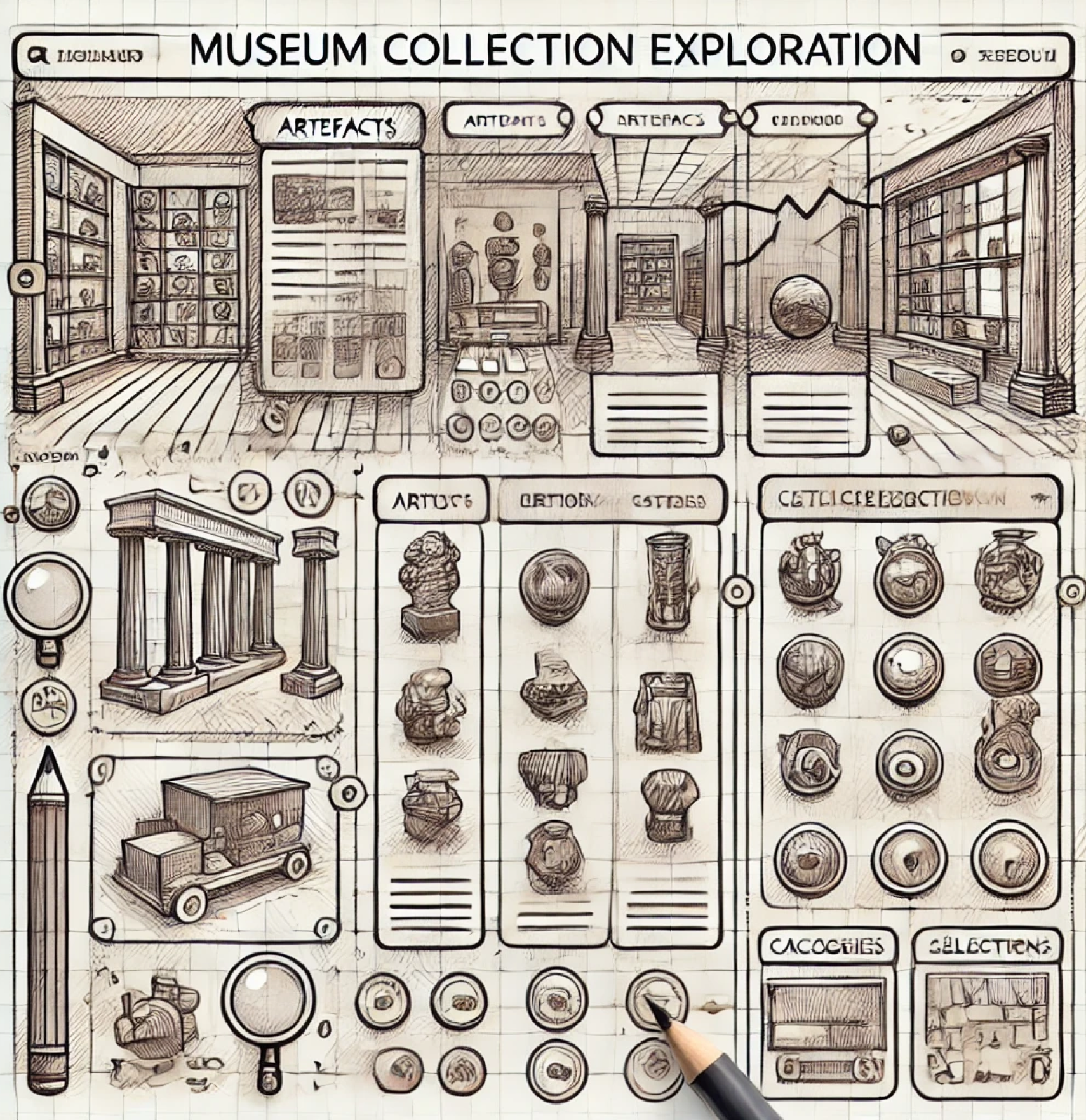Exploring the Future of Museum Website Interactions
Welcome to the Experimental Museum Interfaces (EMI) platform, where we explore new ways to engage with museum collections. Our research focuses on designing innovative interfaces that make interactions with vast collections more valuable, enjoyable, and intuitive. By rethinking how users search, browse, and experience collections, we aim to push the boundaries of Human-Computer Interaction (HCI) in museum contexts.
EMI is a hub for collaborative research. It serves as both a resource for ongoing academic work and a test bed for experimental approaches. Here, you’ll find an evolving collection of experiments that explore different ways to interact with museum collections, driven by principles of generous interfaces, rich prospect browsers, and recommendation systems.
